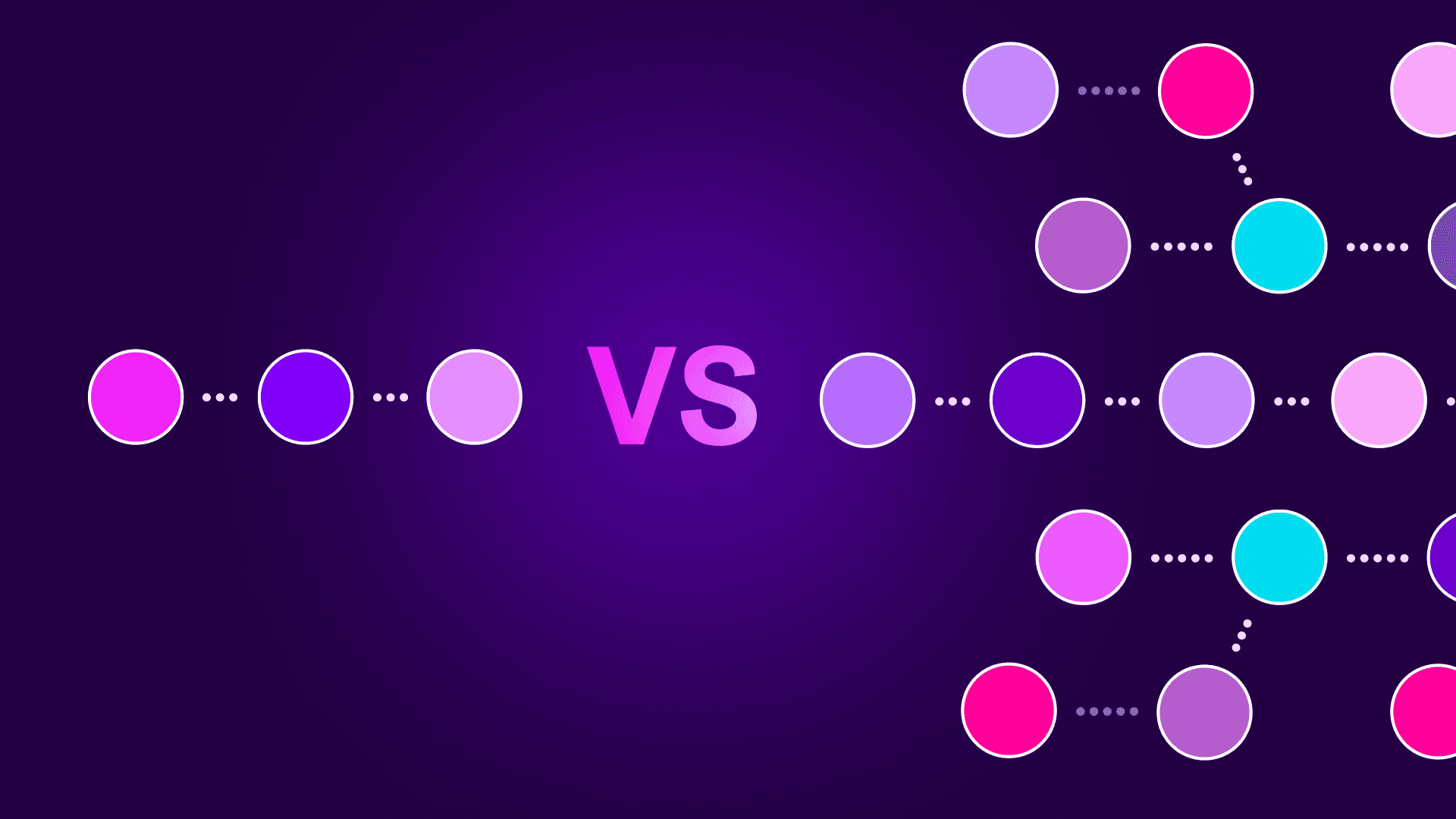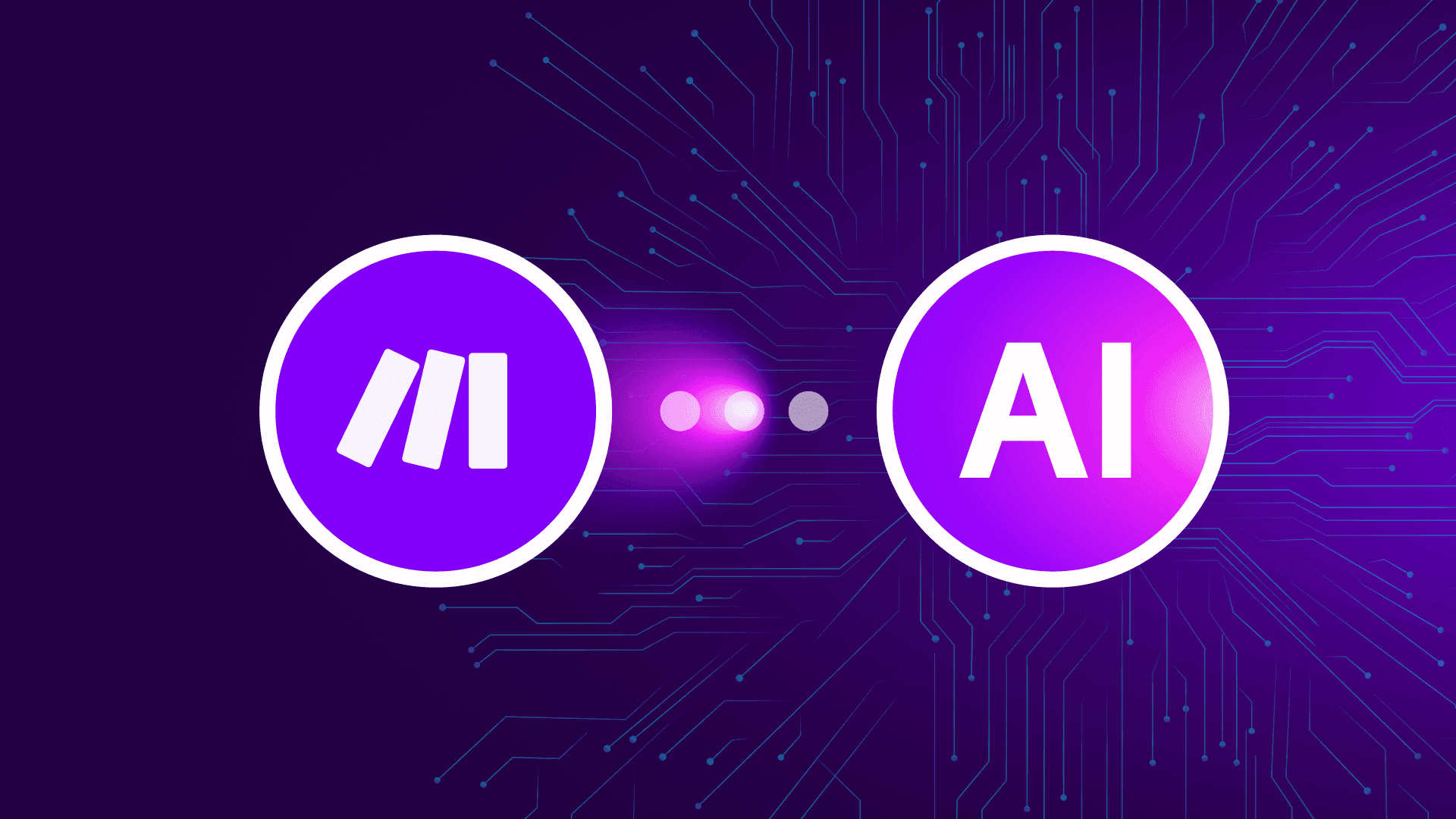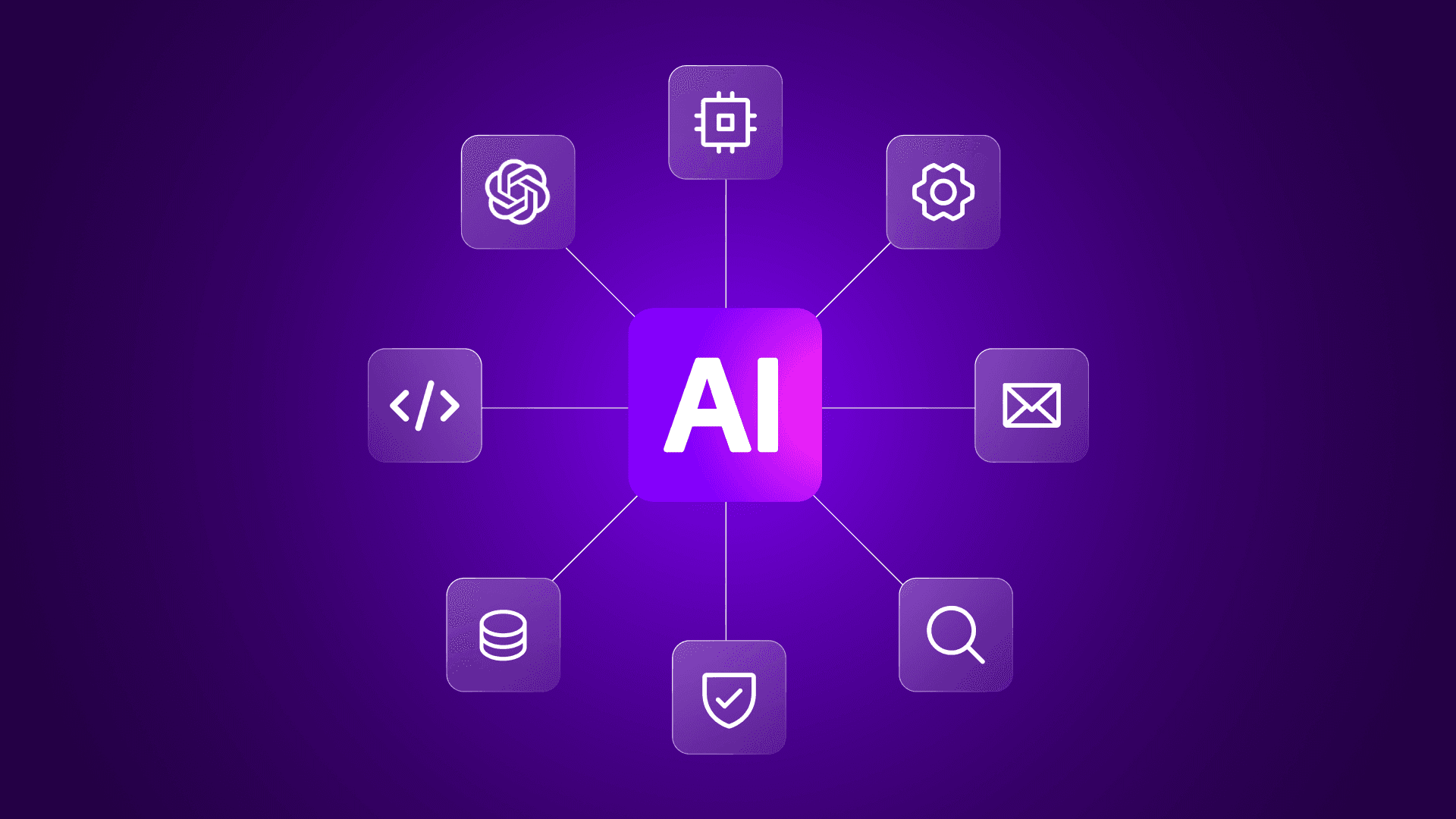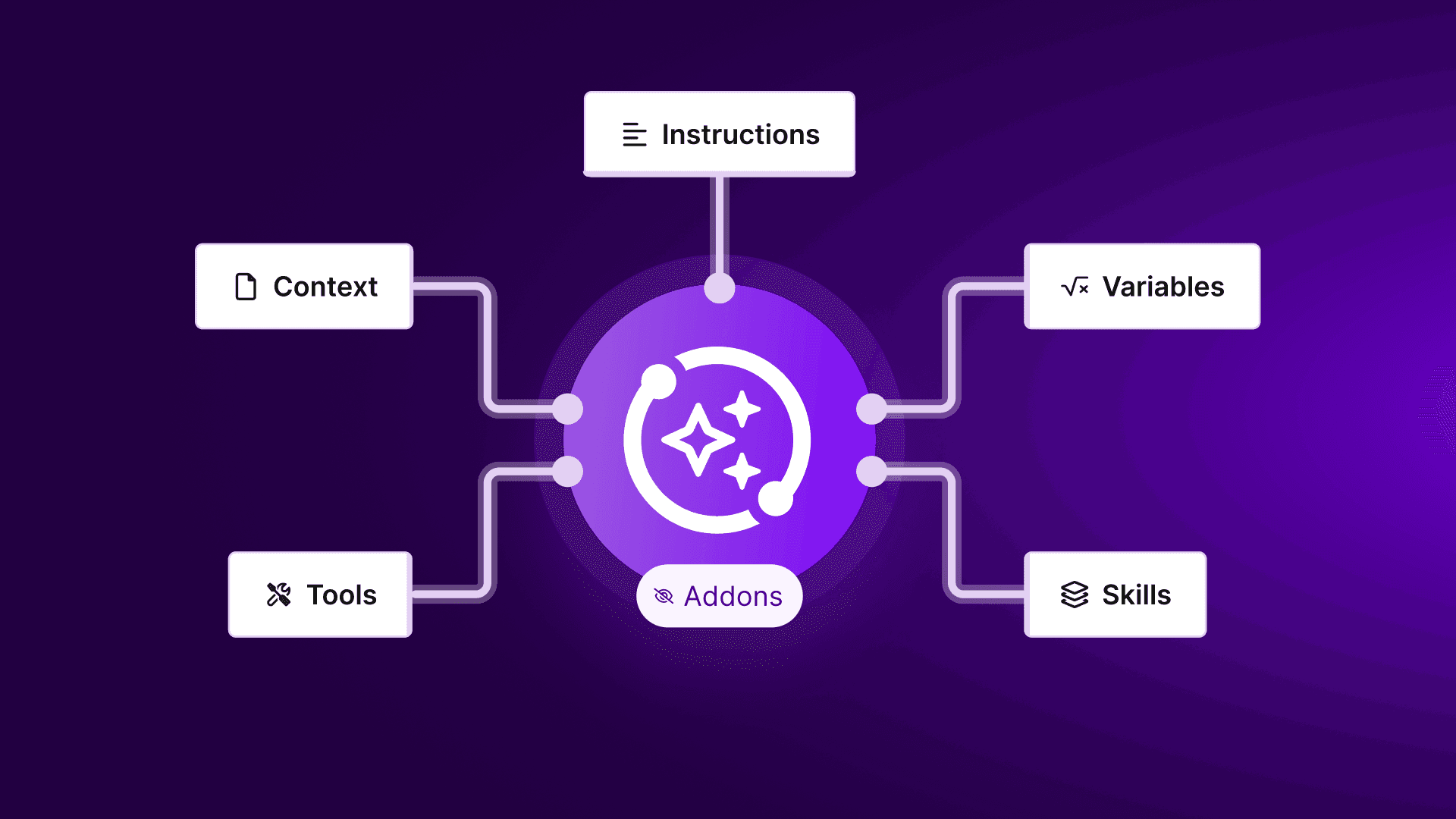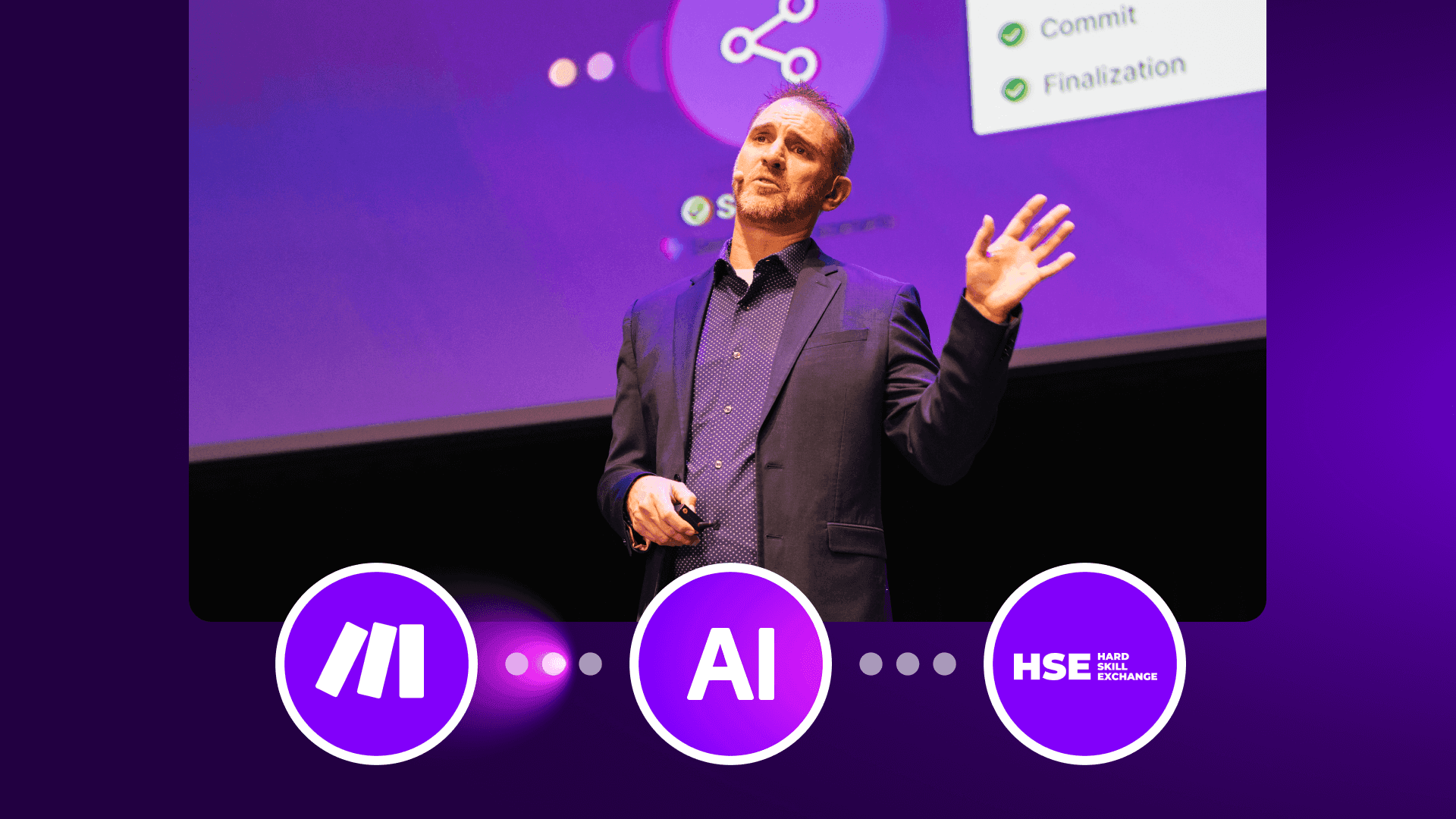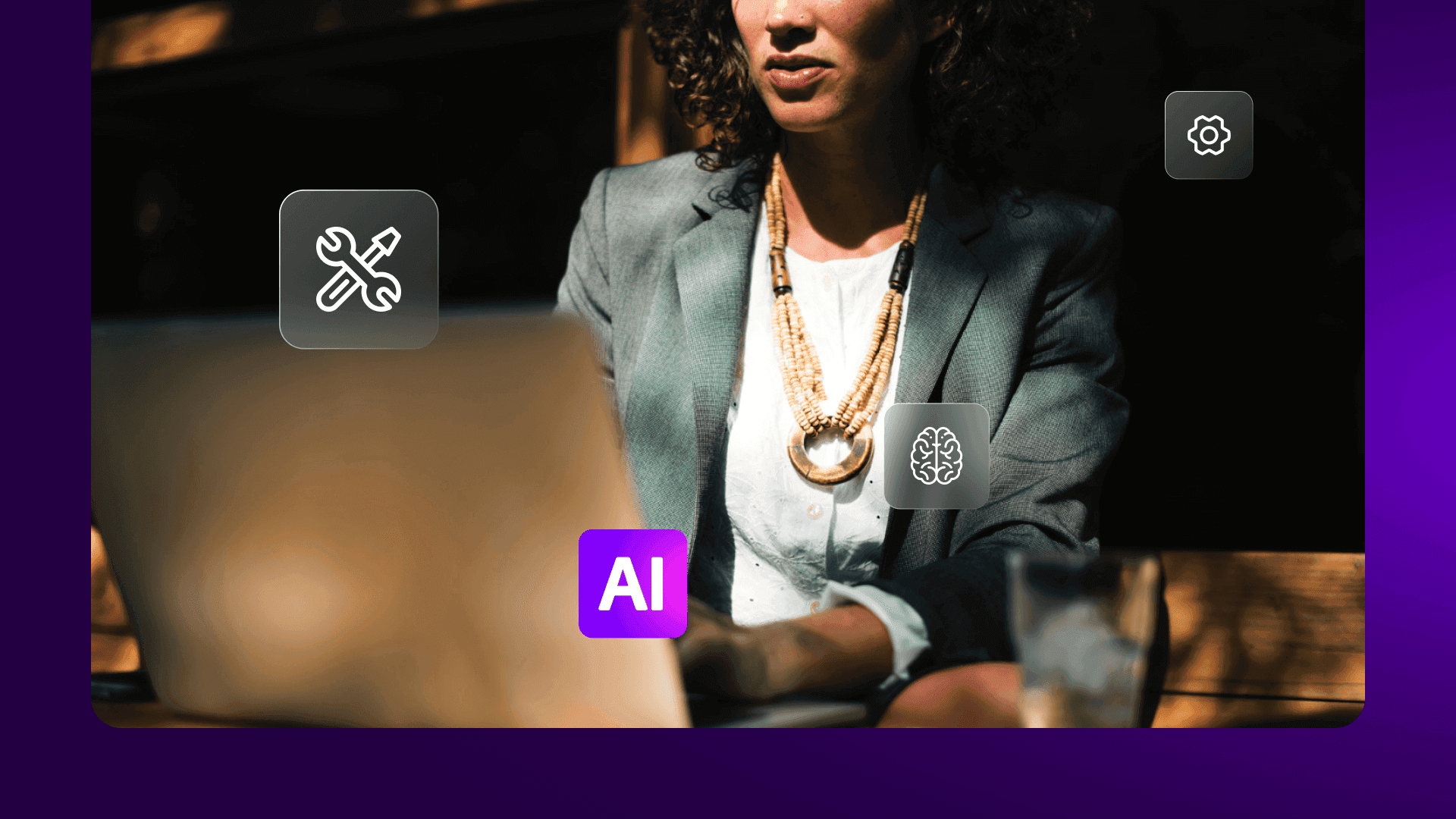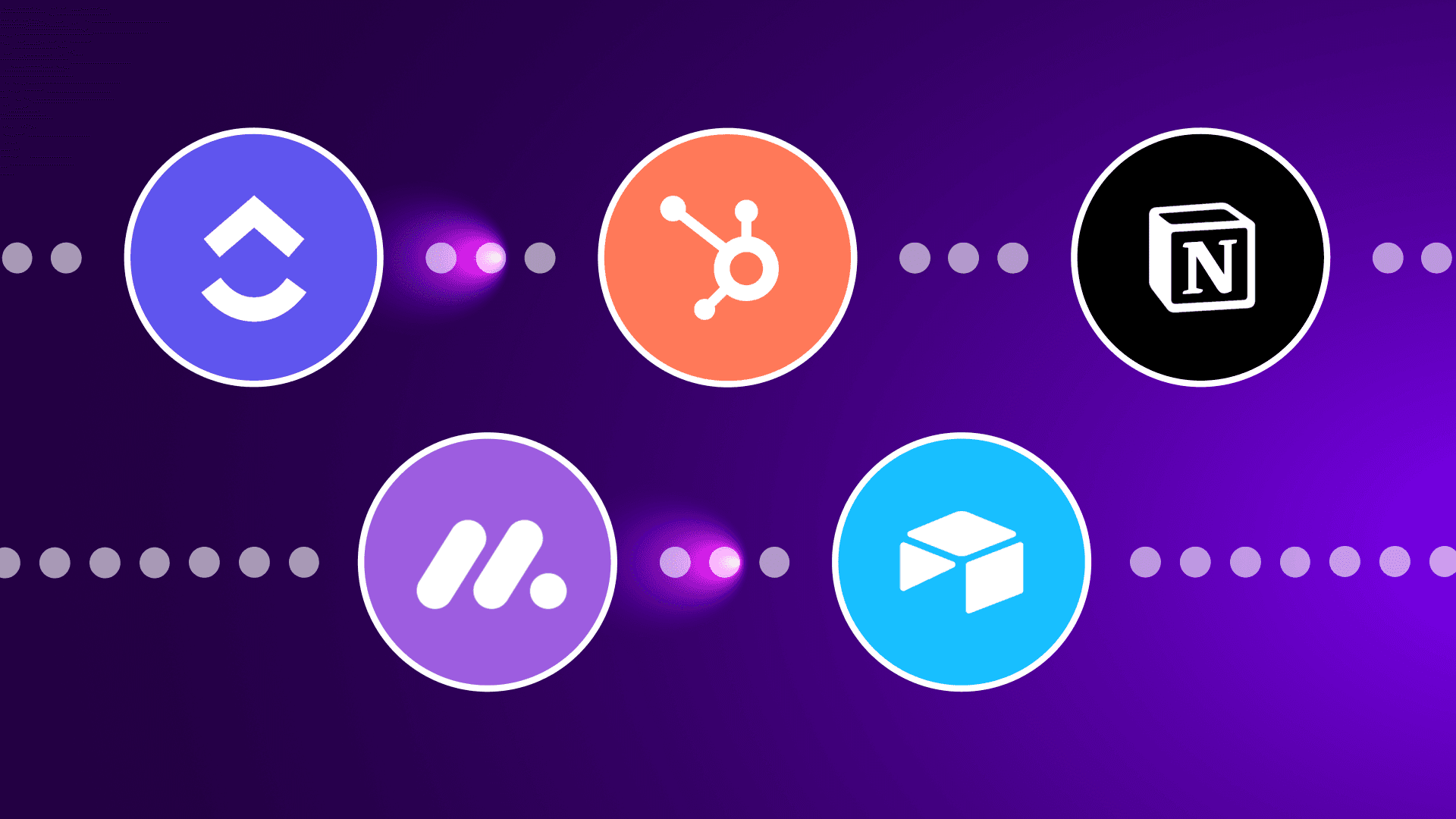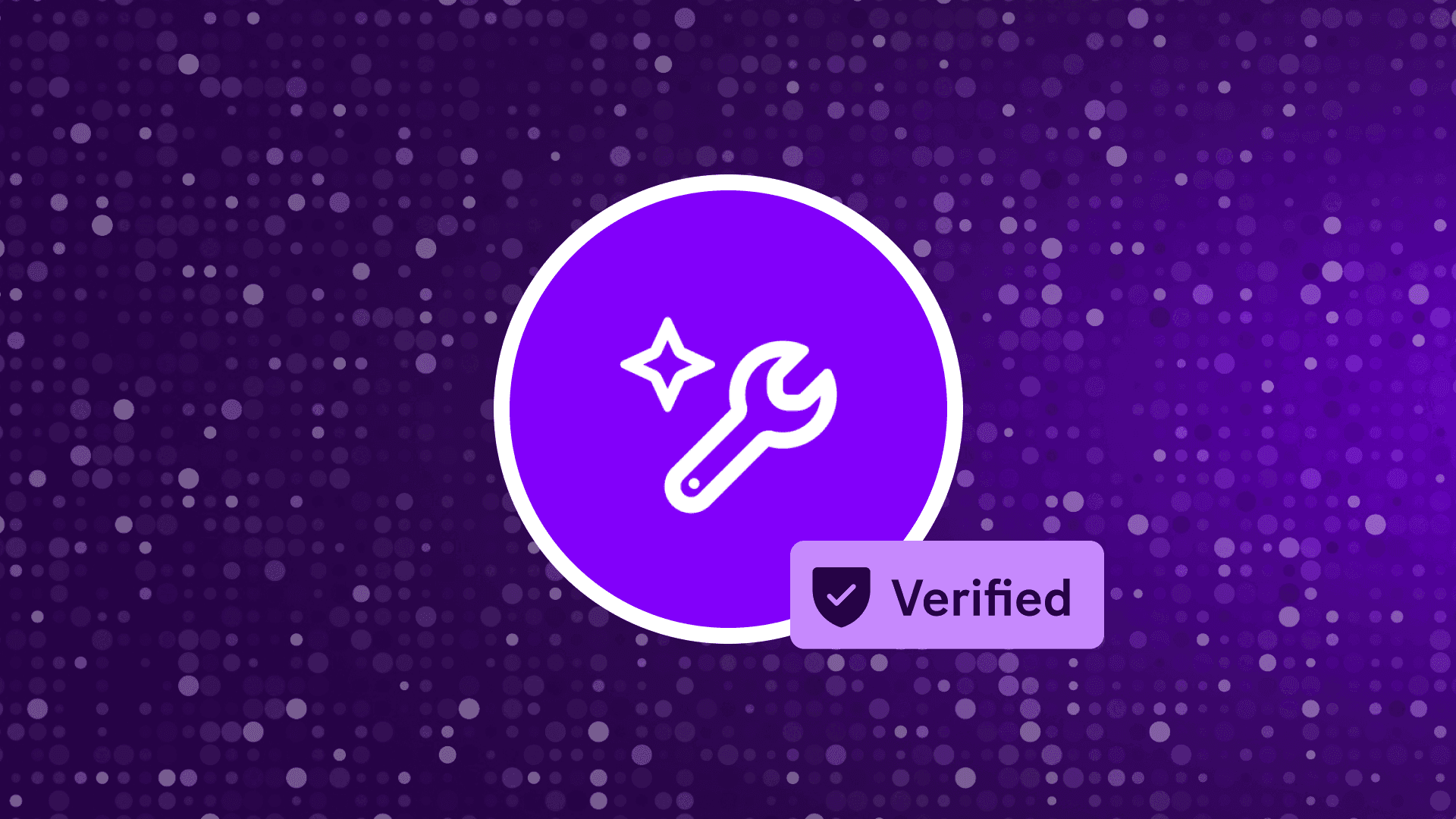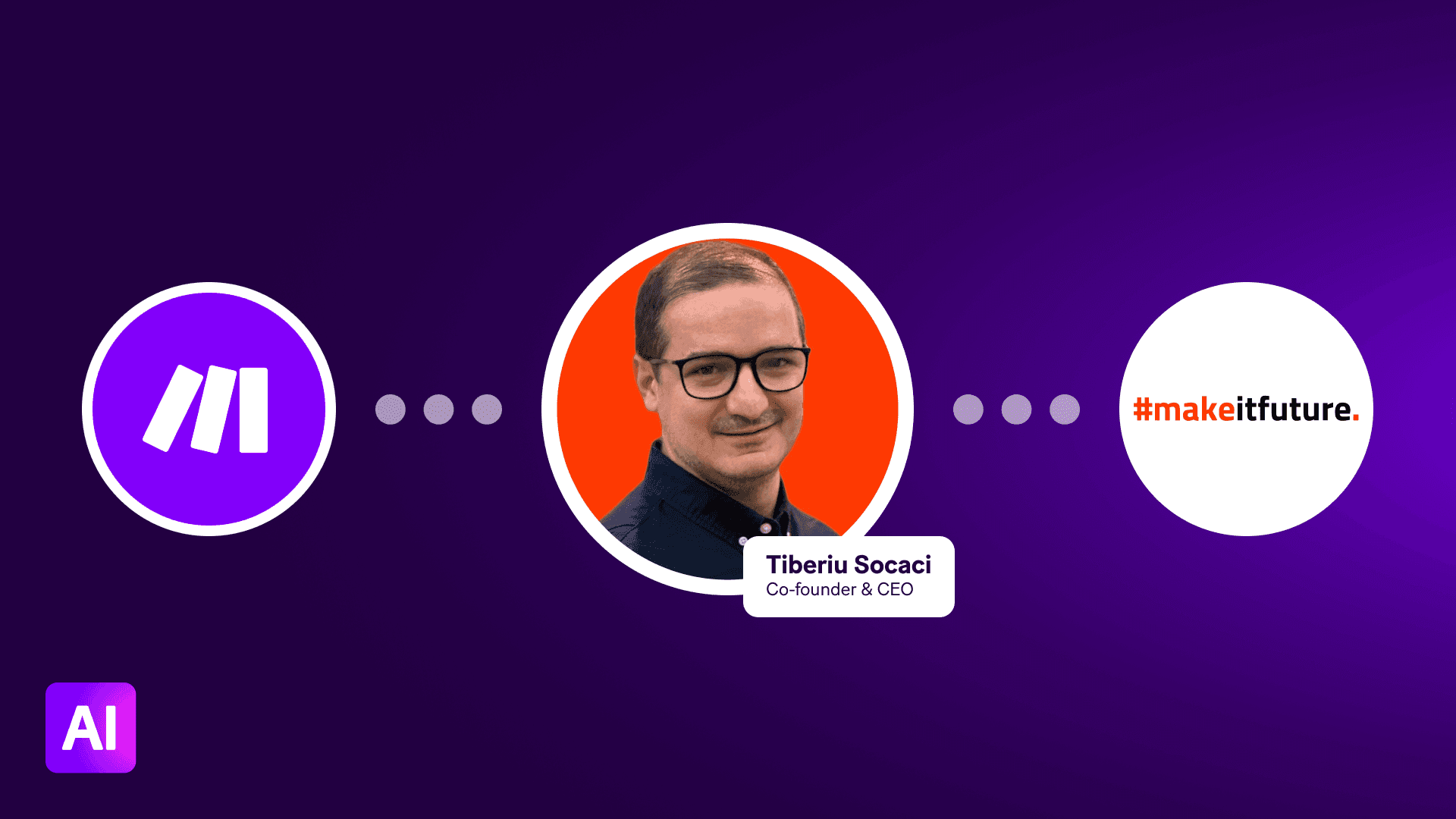Jul 11, 2025 | 5 minutes
What we’ve learned from Miriwa, our internal AI enablement program
Sara Maldon, Head of Business Automation & AI, shares how Make brought all internal AI automation efforts under one roof with the Miriwa program. Find out about our key wins and the lessons we learned along the way.
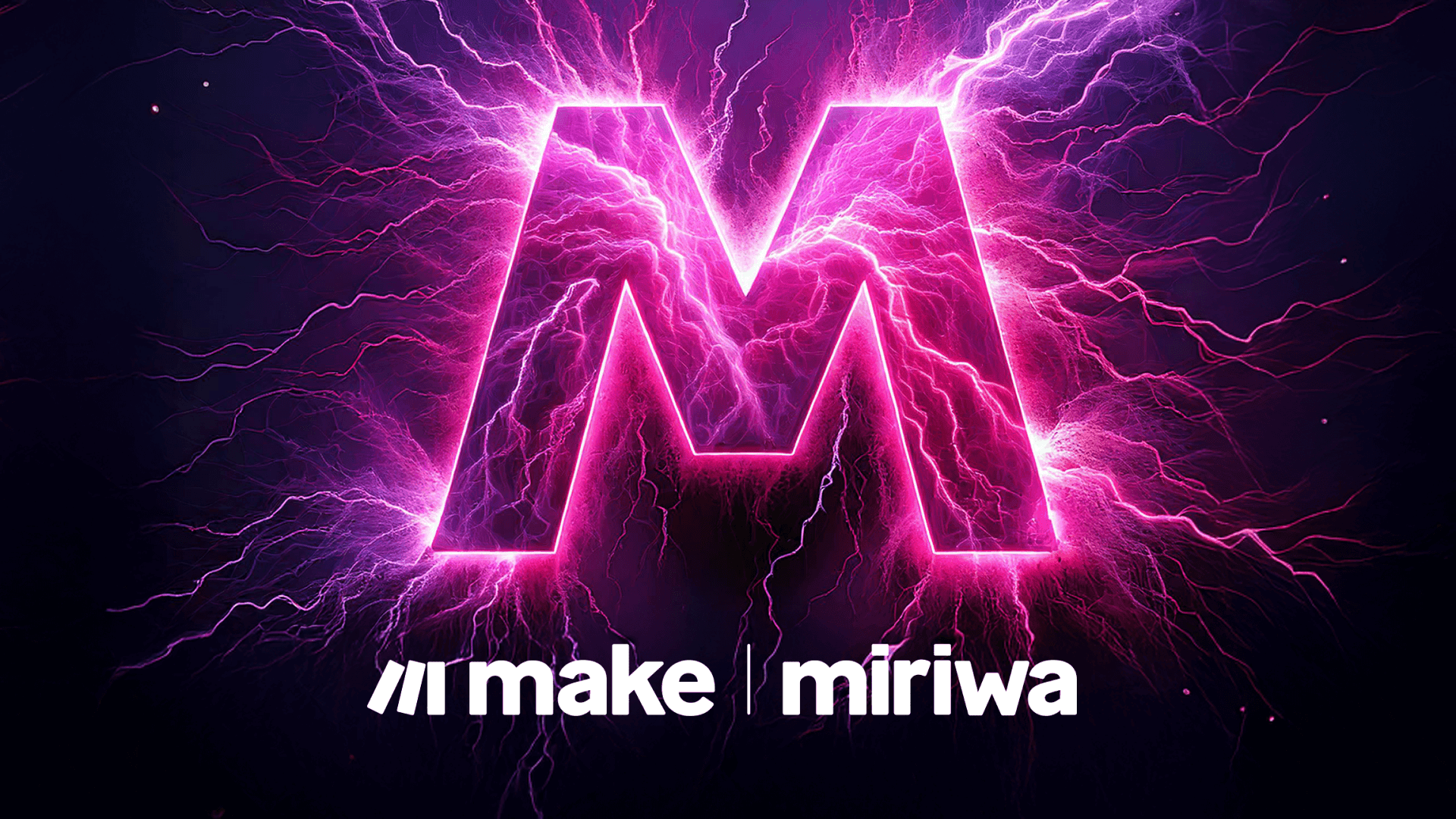
At Make, we build the tools that help companies automate at scale, and we’ve always used them ourselves. But like many fast-growing businesses, we reached a point where our internal automation workflows needed a more structured foundation. Even though our teams were already using AI already, the next leap was to add a unified AI layer that could optimize and scale those workflows automatically. That’s how Miriwa, an internal AI implementation program for efficient growth, was born.
In English, the Korean expression Miriwa can be interpreted as “going into the future”. And that’s exactly how we see it. A way to future-proof how we work by unifying what we were already doing well and then doing it better.
Why did we create the Miriwa program?
Miriwa wasn’t born due to a lack of automation. Quite the opposite. Make employees have been actively automating with Make for years, and our employee enablement process is ensures that it stays that way.
Prior to Miriwa, we’ve also seen early adoption of large language models (LLMs). Over 75% of our people has been using tools like Gemini in their day-to-day. Furthermore, close to a fifth of the company has been building agentic automation, implementing AI directly into their workflows. To support and expand this evolution, we secured regular training for all employees, helping those numbers grow even further.
But while our automation culture was strong, we recognized there was still work to be done to unify efforts. Different teams were solving different problems in different ways. Our early AI experiments grew organically, however while some delivered real value, others remained isolated efforts.
So we stepped back and asked ourselves: Where does AI make the most sense for us? How can we use our own platform to connect those dots?
Miriwa became our answer. A program structured around the AAA formula – Automation, AI, and AI Agents.
And it has a clear mission:
Equip 90% of employees with AAA literacy
Deliver 75% of departmental action plans – roadmaps of use cases implementing automation, AI, and AI agents in each department
Our approach: Execution, Learning, Environment
To guide that transformation, we structured Miriwa around the same three pillars we recommend to our customers:
Execution: Each department has a dedicated Miriwa lead. An internal champion who creates meaningful projects and brings the team along.
Learning: Through workshops, one-on-one support, and peer-to-peer training, we help employees build confidence with AI and automation tools.
Environment: We continuously improve the infrastructure, from access rights to tooling, so anyone at Make can automate effectively, safely, and independently.
How we launched: Start small, think big
We didn’t begin with a master plan. We started with low-hanging fruits. Projects that felt manageable, where the impact was visible, and the risk in case of failure was low. We tested, listened, and adapted. That’s when we started to see what a scalable program could look like.
Before launching it, we spoke with 160+ team members, one-on-one. That’s almost half of the company. We gathered data on individual knowledge levels, AI readiness, and areas where each departments saw an opportunity to automate. This early discovery work helped us design a program that felt relevant, not abstract. Personal, not based on generic norms.
And it taught us something else: there’s no such thing as a “one-size-fits-all” transformation. Teams work differently. People learn differently. The job of Miriwa wasn’t to force uniformity. It was to build an environment where everyone could thrive as fits them best.
3 lessons we learned along the way
Did we succeed? Yes, in many things. Did we stumble? Of course, we did. Here are our three main findings to help you on your path.
1. Don’t try to move every boulder at once
Miriwa combines technology, team mindset, and getting things done. Balancing all three is a challenge. If you try to move everything at once, you risk burning out your people and blurring your focus.
What really helped was giving each initiative a clear owner and tying it to real business value. Each team now runs:
One or two major strategic projects that could change the way we work
Three to five procedural improvements that support efficiency
A handful of quick wins to build momentum and confidence
That structure has kept us grounded and focused, even as the number of ideas keeps growing.
2. Culture eats tooling for breakfast
The success of Miriwa isn’t just about what we built. It’s about how we brought people along.
The good news? We didn’t have to convince people to care. At Make, we’re close to our product. We’re close to our customers. We saw the excitement on both sides, and that made people hungry to experiment.
The challenge? Meeting that ambition with structure. Because excitement gets things off the ground, but real change takes time and consistency. To get there, we needed to understand where people were coming from, meet them there, and move together.
3. Build a strong environment, and keep improving it
From day one, we invested in our internal environment: easy access to tools for everyone, streamlined permissions, APIs for AI systems, and strong documentation. These aren’t glamorous projects, but they’re the foundation of everything.
And we’re still improving - because a great idea won’t scale unless the system around it supports growth.
AI automation in practice: Real examples from inside Make
Every department has embraced Miriwa in its own way.
Here are a few standout projects:
Product: The Insights Hub transforms unstructured data, like onboarding feedback and user research, into actionable insights via Slack or API. Product managers can now ask a question and get summarized responses from thousands of data points to inform their product discovery.
Marketing: We’re using Make for updating outdated articles, video-to-text transcriptions, generating SEO fields, creating tailored content packages, and monthly performance monitoring. This speeds up time-to-insight and content creation.
Engineering: Automation & AI helps us manage SOC compliance, change management, and access controls, reducing audit fatigue and manual error.
Learning & Development: Personalized learning plans for AI and automation skills are now automatically generated using Make, AI, and “Human in the Loop”, based on role and learning data.
Sales & CX: From AI-generated meeting summaries and post-call data handling to a chatbot trained on our docs and website content, we’re transforming both our internal processes and customer support.
People & Culture: We even launched a fully automated merch store where employees earn points for learning and can redeem them for rewards.
The final thought: Own it, but don’t overthink it
If you’re planning a program like Miriwa in your company, here’s my honest advice: start small, but start with ownership.
Choose someone, or a small team, who can really take the lead. Make sure they’re accountable, and give them the space to experiment, grow, and bridge the gap between hands-on work and company-wide goals.
And most importantly, don’t wait for the perfect plan. This is a fast-moving space. What matters is taking action, learning from it, and evolving quickly.
Because that’s how we go into the future.
Together.
Ready to make the automation revolution happen?


